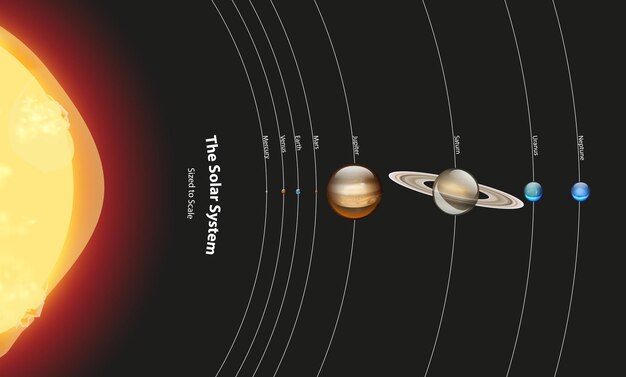Cool Facts About Jupiter

Jupiter is the largest planet in our solar system.
Jupiter has a total of 79 known moons.
The Great Red Spot, a massive storm on Jupiter, has been raging for over 300 years.
Jupiter’s magnetic field is 14 times stronger than Earth’s.
The average temperature on Jupiter is around -145 degrees Celsius.
Jupiter’s day is only 10 hours long, making it the fastest spinning planet in our solar system.
Jupiter has a faint ring system, consisting of four main ring groups.
On Jupiter, there is a constant lightning storm that creates dazzling light shows.
Jupiter is composed mainly of hydrogen and helium gas.
The gravity on Jupiter is 24.79 m/s², which is about 2.5 times stronger than Earth’s.
Jupiter has a total volume that could fit 1,321 Earths inside.
The distance between Jupiter and the Sun is about 484 million miles.
Jupiter was named after the king of the Roman gods.
Because of Jupiter’s immense size, it helps protect Earth from asteroid impacts.
The largest moon in the solar system, Ganymede, orbits around Jupiter.
Jupiter has a feature called bands, which are distinct cloud layers that encircle the planet.
Jupiter’s magnetosphere is so large that it extends beyond Saturn’s orbit.
Jupiter is one of the five planets visible to the naked eye from Earth.
Galileo Galilei discovered Jupiter’s four largest moons – Io, Europa, Ganymede, and Callisto – using a telescope.
Cool Facts About Jupiter part 2
One of Jupiter’s moons, Io, is the most geologically active body in the solar system.
Jupiter’s gravity causes intense tidal forces on its moons, leading to volcanic activity.
The first spacecraft to enter orbit around Jupiter was Pioneer 10 in 1973.
Jupiter’s mass is 2.5 times greater than all the other planets in the solar system combined.
The Upper Atmosphere Research Satellite (UARS) discovered that the northern and southern lights also occur on Jupiter.
Jupiter has a banded appearance because of its high-speed winds, which can reach up to 400 miles per hour.
The temperature inside Jupiter increases dramatically with depth due to the planet’s massive pressure.
The Voyager 1 spacecraft captured stunning images of Jupiter and its moons in 1979.
Jupiter’s moon, Europa, is believed to have a subsurface ocean that could potentially harbor life.
Jupiter has been visited by four space missions: Pioneer 10 and 11, Voyager 1 and 2, and the Juno spacecraft.
The first detailed views of Jupiter’s cloud patterns were obtained by the Voyager missions.
Jupiter’s magnetosphere is shaped like a teardrop due to interactions with the solar wind.
The largest storm on Jupiter, the Great Red Spot, is about three times the size of Earth.
Jupiter emits more heat than it receives from the Sun, indicating that it has an internal heat source.
Jupiter’s atmosphere is composed mostly of hydrogen (90%) and helium (10%).
The Cassini spacecraft captured a rare event: a collision between a comet and Jupiter’s atmosphere in 1994.
Jupiter’s immense magnetic field traps high-energy particles, creating intense radiation belts around the planet.
Jupiter’s distance from Earth varies between 365 million to 601 million miles.
The Juno spacecraft discovered that Jupiter’s poles are covered in vast cyclones.
Jupiter’s 79 known moons include fascinating objects like volcanic Io, ice-covered Europa, and fiery-red Amalthea.
Jupiter’s massive gravity causes it to slightly affect the positions of the other planets in the solar system.
The Hubble Space Telescope has captured breathtaking images of Jupiter’s ever-changing swirls and storms.
There are ongoing discussions about whether Jupiter should be considered a failed star or a gas giant planet.
Jupiter has 300 times the mass of Earth and is about 11 times the diameter of Earth.
The Galileo spacecraft dropped a probe into Jupiter’s atmosphere in 1995, studying its composition and structure.
Jupiter’s powerful magnetic field creates its own mini-magnetosphere, protecting its moons from harmful solar wind.

